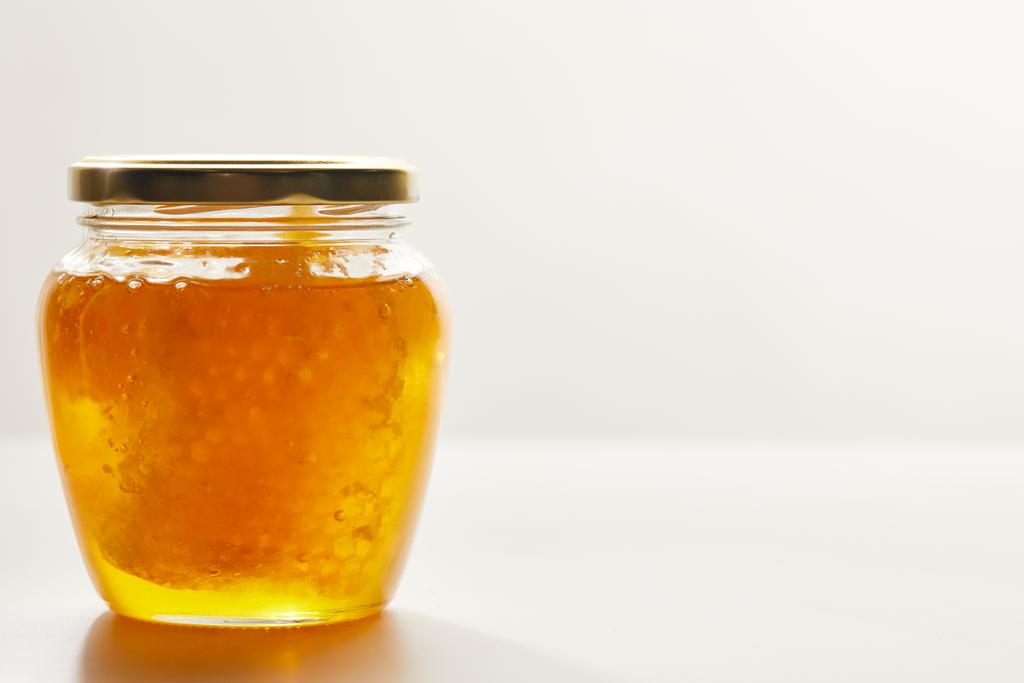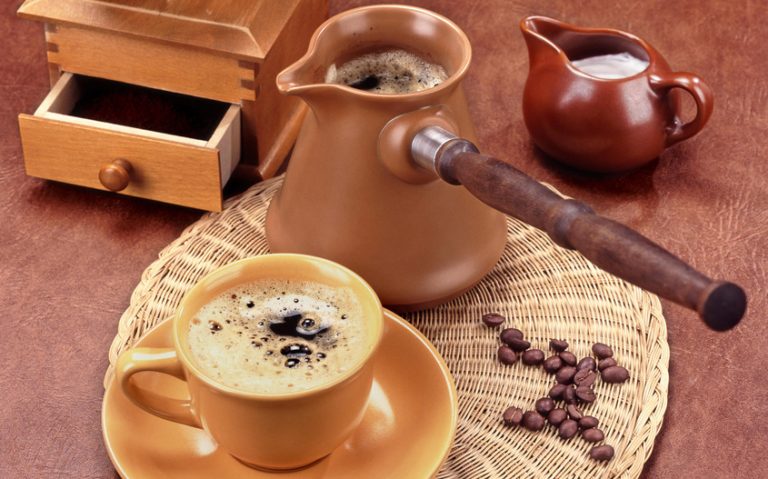You know espresso, café latte and cappuccino. But what is a ristretto? And what exactly do you need to order if you want to try a shot espresso or over ice? Mamis Caffè introduces you to ten delicious espresso variants. With this knowledge, you can master the drinks menu on your next holiday in Italy like an expert.
Italians don’t drink espresso, they drink coffee – at any time of the day or night. Whether on the go at the bar, after a meal in the restaurant or at home fresh from the stove, the quick pick-me-up is omnipresent. To ensure that there is something suitable for every taste and every occasion, various variations have developed from the classic espresso. So many that even connoisseurs lose track of things.
1. Ristretto
Strong, stronger ristretto. The ristretto is even smaller and stronger than the classic espresso. The same amount of ground coffee is prepared with less water. This is how the shortened or “narrowed”, almost viscous version of the caffè is created.
2. Doppio
After a long night in Rome, you order a caffé doppio, the double espresso, the next morning. It’s quite simply double the amount.
3. Lungs
The lungo is basically the counterpart to the ristretto, a lengthened espresso. The same amount of ground coffee is prepared with more water and served in a correspondingly larger cup.
4. Americano
The caffé americano is a double espresso that is diluted with water. Unlike the lungo, the additional water does not go into the machine, but is added afterwards. Professionals fill a cappuccino cup two-thirds full with hot water and pour the double espresso straight from the machine on top.
5. Coffee macchiato
Beware of confusion: The Caffè macchiato is an espresso with milk froth, which you drink from a small espresso cup. The latte macchiato is much better known in Germany. In this version, an espresso is poured into a large glass of frothed milk, creating the well-known three layers of coffee, milk and milk froth.
6. Corretto
If the Italians want to fix or “correct” their caffè, that means a strong sip of hard liquor. For the Corretto, an espresso is refined with grappa, cognac, amaretto or sambuca. Do you have a special preference? Then order the right spirit right away with: “Caffè corretto con Amaretto, prego.”
7. Coffee freddo
Espresso also tastes cold. A caffè freddo is a chilled, heavily sweetened espresso served in a tall glass with ice cubes. Tip: professionals pour the fresh espresso directly onto the ice cubes. If it cools down too slowly, the coffee can become bitter.
8. Bicerin
Now chocolate comes into play. Bicerin is the right variant for cocoa lovers: Here, a hot chocolate is refined with espresso. The basis is milk and bitter cocoa powder, the drink is sweetened and served with a little cream or milk foam.
9. Morocco
For a Maroccino, liquid chocolate is poured into a glass, followed by the espresso, topped with a little frothed milk and cocoa powder.
10. Coffee moca
Another chocolaty coffee specialty is the Caffè moca. To do this, an espresso is mixed with twice the amount of hot milk and cocoa or liquid chocolate. The moca also tastes best with a topping of cream or milk foam.
Curious? Don’t wait until your next vacation in Italy. With high-quality coffee beans from Italy, you can make an aromatic espresso at home, which forms the ideal basis for your new favorite drink.









